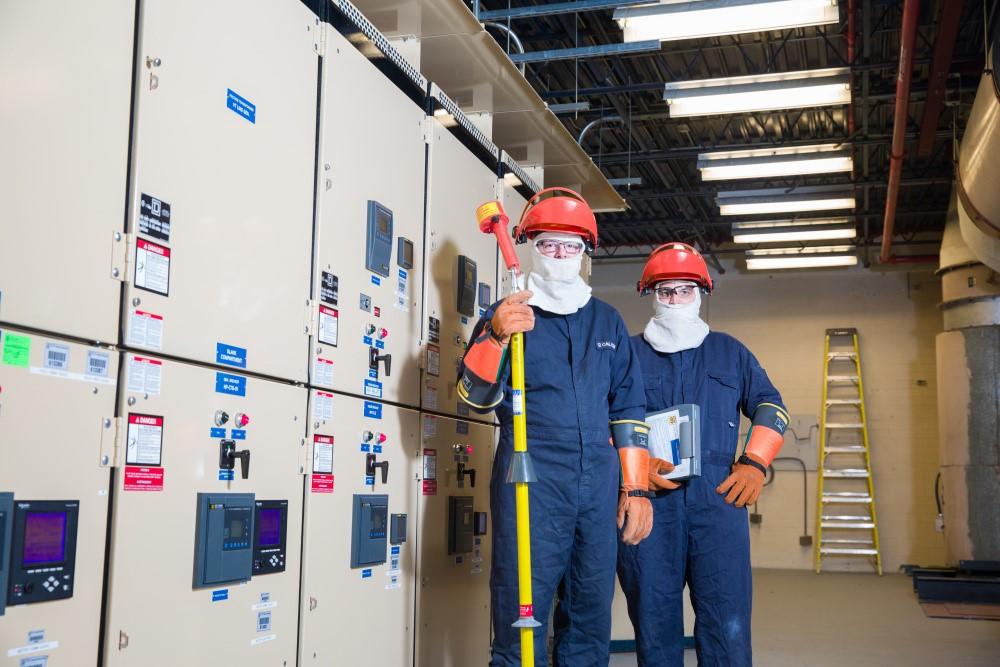
With the vast number of diverse roles on campus, representation is an important part of safety.
Riley Brandt, University of Calgary
April 22, 2019

The University of Calgary has launched a Joint Worksite Health and Safety Committee (JWHSC) covering all Calgary campuses with the specific aim of worker inclusion and consultation on health and safety related matters. Focusing on both physical and mental health in the workplace, this JWHSC is unique both for its number of representatives — 20 in total — and its reach across campus.
Denise Howitt, manager of environment, health and safety systems and compliance, and committee alternate, says the university has spent the better part of a year consulting different employee groups to develop comprehensive committee representation.
“This committee includes representatives from all groups who have a working relationship with the university — including graduate students and postdoctoral scholars,” Howitt says.
Jennifer Hawkins, interim associate director of employee and academic labour relations, says this mandated representation is critical to a workplace as diverse as UCalgary.
“While most employers are dealing with one or two types of workers — like the oil riggers and office workers — we have such an array of work being done and a broad scope of possible safety issues,” Hawkins says.

With the vast number of diverse roles on campus, representation is an important part of safety.
Riley Brandt, University of Calgary
Get your safety concerns heard
Anyone on campus — including students — can report accidents, incidents or occupational illnesses to their supervisor through the Online Accident Reporting System (OARS). Additionally, safety hazards like icy walkways can be reported directly to Facilities using Archibus. It is also important to report concerns to your supervisor, as this helps to ensure that action is taken as soon as possible.
However, Howitt says, if an individual who reports an issue feels there was either no resolution or an unsatisfactory solution using official operational channels, they can engage the new JWHSC for guidance.
Committee co-chair and biological sciences technician Paulette Harrison says this is where representation becomes an important factor in the committee.
“It’s another way for employees to voice their concerns to someone who understands that area,” Harrison says. “Things aren’t ignored, including welfare and mental safety.”

Paulette Harrison, AUPE, co-chair, and Rae Ann Aldridge, associate vice-president (risk), co-chair.
Elizabeth Watterworth, University of Calgary
Find your rep
Elizabeth Watterworth, environment, health and safety systems specialist and committee secretary, says the JWHSC meets quarterly to discuss issues and concerns brought forward to representatives, as well as other standing agenda items like safety reviews.
“Everyone on campus should familiarize themselves with JWHSC representatives and identify those who are relevant to your area of work,” Watterworth says. “Everyone should be aware this committee is focused and dedicated to their safety.”
UCalgary staff and faculty can check the website for the committee’s terms of reference, minutes, agendas, and a list of JWHSC representatives.